The Echo Collective explores the sonic possibilities of stringed instruments on its new album Mirror Image, using extended techniques and technology
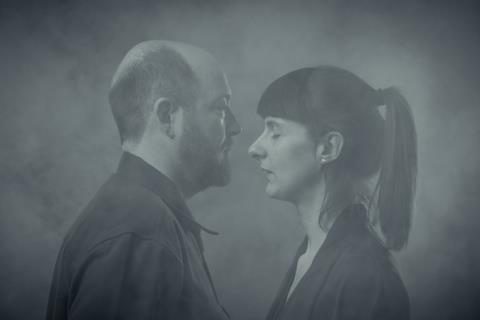
Discover more Featured Stories like this in The Strad Playing Hub
Echo Collective has always pushed the boundaries of sound. Our latest album, Mirror Image, released on Naïve, is the culmination of our exploration into immersive music-making.
Echo Collective was founded by Neil Leiter and Margaret Hermant. Our collaborative approach blends traditional stringed instruments—viola, violin, harp, piano —with extended techniques and cutting-edge spatial audio technology to craft an experience where sound is felt as much as it is heard.
Expanding the Language of Strings
In Mirror Image, we use our stringed instruments not merely as melodic vehicles but as sonic tools capable of creating entire soundscapes. Through extended techniques and strategic amplification, we unlock textures and colors that transcend conventional classical performance.
Amplification serves as a microscope, revealing the hidden sonic universes within our instruments. The whisper of bow hair catching on a string, the crystalline resonance of a harmonic, the subtle grit of rosin against metal string winding—sounds that would traditionally be too delicate or obscure to register—envelop the listener in an immersive sound world. This amplification isn’t simply about increasing volume; it brings listeners inside the instrument itself, allowing them to inhabit the intimate acoustic space where sound is born. The boundary between performer, instrument, and audience dissolves, creating a shared sonic environment where the smallest gesture can unfold into an expansive terrain of texture and timbre.
Our collaborative approach to composing and string playing weaves together the unique voices of our instruments. While the violin and viola occupy different registers, Mirror Image applies the same extended techniques across both instruments. This shared technical vocabulary makes our voices interchangeable, allowing us to switch roles effortlessly.
We both employ the full spectrum of bow placements: sul ponticello for glassy, metallic overtones; sul tasto for hollow, ethereal whispers; and traditional ordinario bowing for foundational warmth. Similarly, we both explore artificial harmonics, whisper-like flautando bowing, ghostly col legno tratto, and even scraping the strings with the metal wrapping of our bows. This fluidity across instruments unlocks a unique dialogue where violin and viola seamlessly trade foreground and background roles, constantly shifting the conversation with no fixed hierarchy of parts. Together, we frequently employ non-vibrato playing to achieve a pure, transparent quality that blends seamlessly with electronic elements. Detuned unison playing or subtle microtonal inflections create beating patterns and other acoustic phenomena to expand our harmonic palette beyond equal temperament.
The physical side of our playing amplifies this exchange: we both utilise the full range of bow pressure variation, from featherlight touches that barely excite the string to heavy pressure that introduces controlled distortion. When coupled with amplification, reverb, delay, or other extended technological tools, these traditional techniques transform into vibrant, tangible sound worlds.
This approach features prominently in a track like Dante, where pressure variations create a dialogue between clarity and distortion. These are simple ideas with maximum results, leading to deeply emotional and engulfing music in which the distinction between individual instruments dissolves into a unified experience.
The harp in our compositions expands our sonic palette. Margaret transcends traditional plucking by approaching the instrument as a multi-faceted sound generator. She draws a violin bow across the harp strings to create sustained, ethereal tones impossible with fingers alone, and employs circular bowing and tremolo to create continuous, evolving textures.
Through strategic contact-microphone placement, the harp metamorphoses into a sophisticated percussion instrument, where every tap, scrape, and gesture against its frame and strings becomes a living element. Low register notes, when carefully amplified, reveal extraordinary depth and resonance, unleashing hidden power from this traditionally delicate instrument. This expansive approach to the harp creates a crucial bridge between our string sounds and the immersive environments we construct, allowing the harp to function simultaneously as a harmonic foundation, rhythmic driver, and textural innovator.
4DSound: Reimagining the Concert Space
What truly sets Mirror Image apart is our integration of string performance techniques and amplification with 4DSound technology. Far more than just a spatialisation tool, this system serves as our compositional environment and performance instrument. It transforms the relationship between musicians, instruments, and listeners by allowing us to position and interact with sound in four-dimensional space.
Our exploration began at Monom in Berlin, where we were commissioned by the Richard Thomas Foundation to compose and play using the 4DSound system. Unlike conventional stereo or even surround sound, this technology enables us to position specific string articulations in different physical locations, creating an immersive field. A viola pizzicato might appear behind the listener, while sustained tones from the violin emerge from above. We can manipulate the spatial characteristics of resonance and decay so that notes don’t simply fade but dissolve and travel through the environment. The system itself breathes. It becomes an active participant in the creative process rather than merely a delivery mechanism.
Working with sound engineer and producer Fabien Leseure throughout the creation, recording and live performance of Mirror Image, we have developed techniques to translate the natural resonance of our instruments into spatial movement. When recording, we capture multiple perspectives of each performance—close microphones for articulation detail, room microphones for natural reverb, and contact microphones that capture the physical vibrations of the instrument bodies. These separate elements become materials for spatial composition, allowing us to deconstruct and reconstruct our instruments’ voices throughout the listening space.
The 4DSound Suite’s particle system enables us to create what are effectively ’Sound Holograms’—highly vivid and dynamic appearances of sound with distinct depth and dimensionality. A single bow stroke can be transformed into a complex spatial event where the initial attack might appear directly in front of a listener, the sustain could expand outward in concentric waves, and harmonic overtones might drift upward and circle overhead as the decay slowly dissolves throughout the entire space.
What makes this particularly revolutionary for string instruments is how it transforms spatial properties into sound design tools, allowing us to explore questions like: What would viola harmonics sound like while flying overhead at different velocities? How would the harp’s resonance change if its overtones were spread throughout a grain cloud that encompassed the whole space?
Part of our compositional approach is to treat acoustic spaces as extensions of our instruments. But 4DSound did more than that. It pushed back and became an integral part of the creation and performance process.
As ambassadors for 4DSound we have helped develop a tourable 4DSound setup where the traditional stage arrangement is abandoned. Instead, listeners are surrounded by speakers while we perform in their midst. Our stringed instruments become the central generators of a sound field that encompasses the audience, dissolving the conventional barrier between performers and listeners.
Why This Matters
Our exploration of string soundscapes stems from a desire to honour our classical foundations while pushing toward new expressive horizons. While fully embracing the technological possibilities of spatial audio, our acoustic string instruments remain at the heart of Echo Collective’s identity.
We see this work as part of the ongoing evolution of string playing—a tradition that has continuously adapted to new musical languages and performance contexts. By integrating cutting edge spatial audio technology with extended string techniques, we create experiences that challenge listeners to reconsider what these centuries-old instruments can communicate.
Mirror Image represents not just technical experimentation but also a deeply personal artistic statement. Through it, we invite listeners into an immersive dialogue with sound where music is not simply heard, but experienced physically and spatially—where the boundary between instrument and environment dissolves, creating a soundscape that surrounds, responds, and breathes.
Echo Collective was founded by Neil Leiter and Margaret Hermant. Our album Mirror Image is available on the Naïve label. For more information and upcoming performances, visit www.echocollective.be.
Read: ‘Deep investment in people goes far’: How the artist collective Ilumina creates a musical eco-system
Discover more Featured Stories like this in The Strad Playing Hub
The number one source for playing and teaching books, guides, CDs, calendars and back issues of the magazine.
In The Best of Technique you’ll discover the top playing tips of the world’s leading string players and teachers. It’s packed full of exercises for students, plus examples from the standard repertoire to show you how to integrate the technique into your playing.
The Strad’s Masterclass series brings together the finest string players with some of the greatest string works ever written. Always one of our most popular sections, Masterclass has been an invaluable aid to aspiring soloists, chamber musicians and string teachers since the 1990s.
The Canada Council of the Arts’ Musical Instrument Bank is 40 years old in 2025. This year’s calendar celebrates some its treasures, including four instruments by Antonio Stradivari and priceless works by Montagnana, Gagliano, Pressenda and David Tecchler.

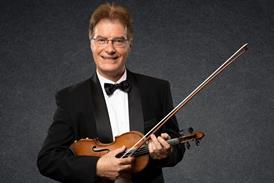
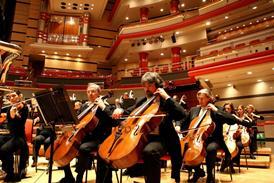
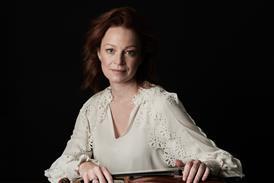
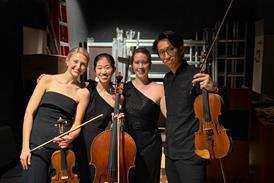
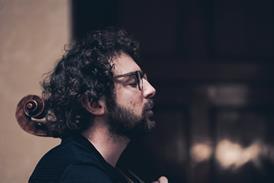
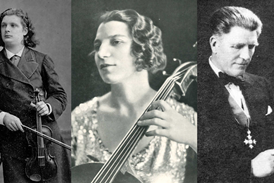
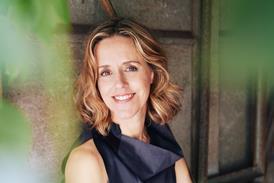

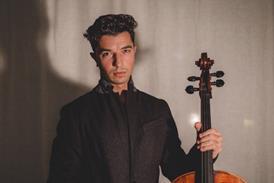
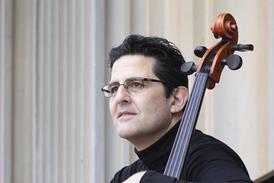
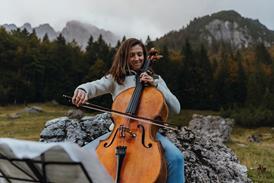
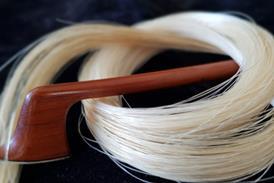
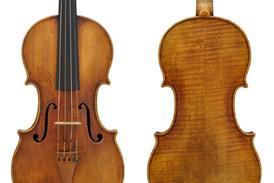
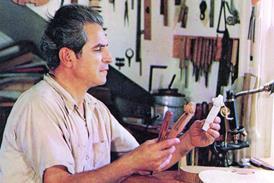
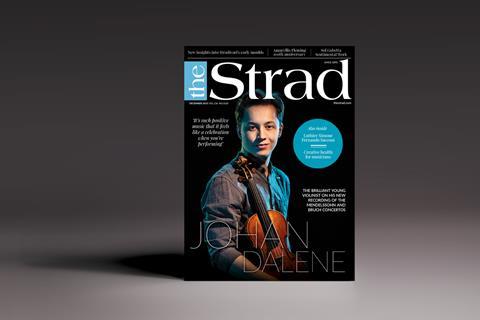
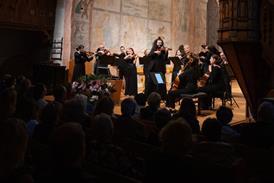

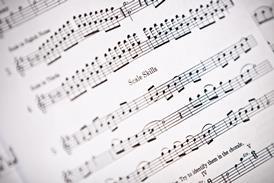
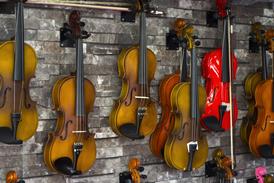

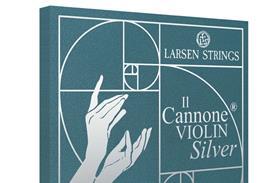
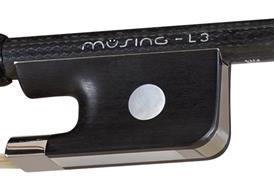
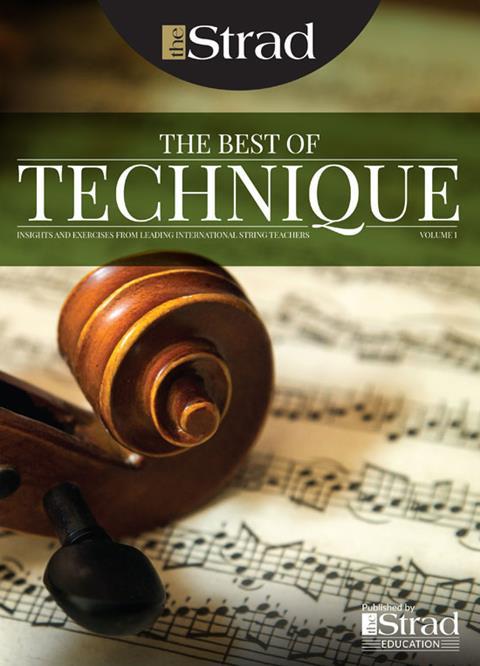
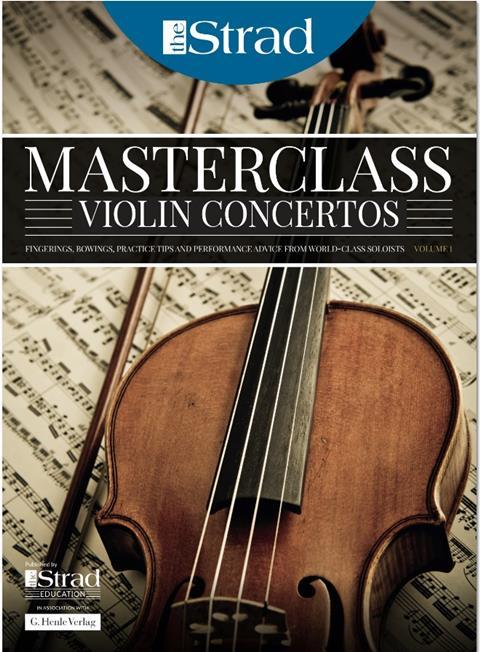
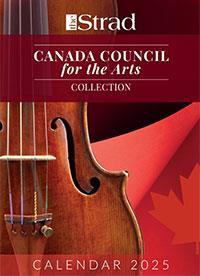
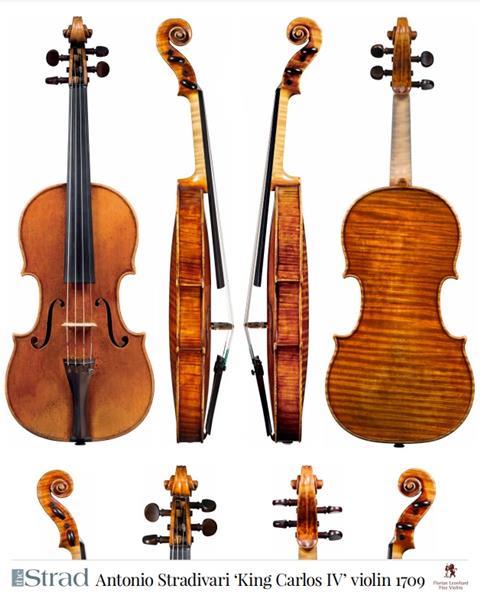
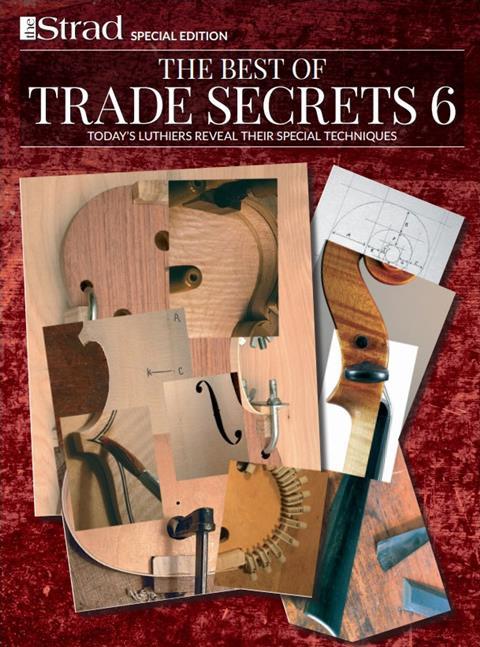
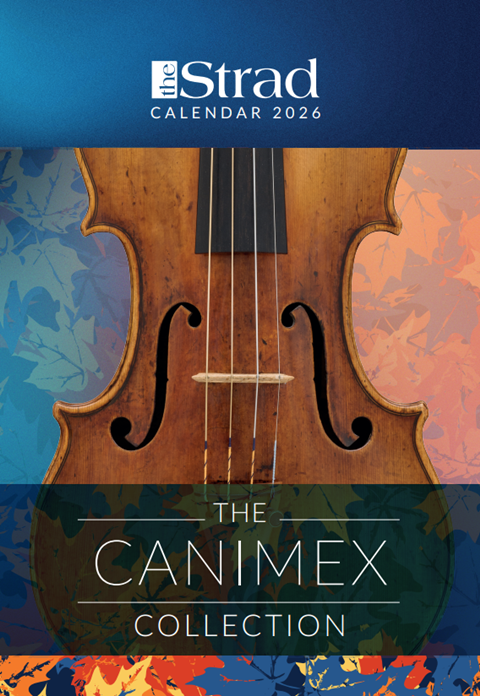
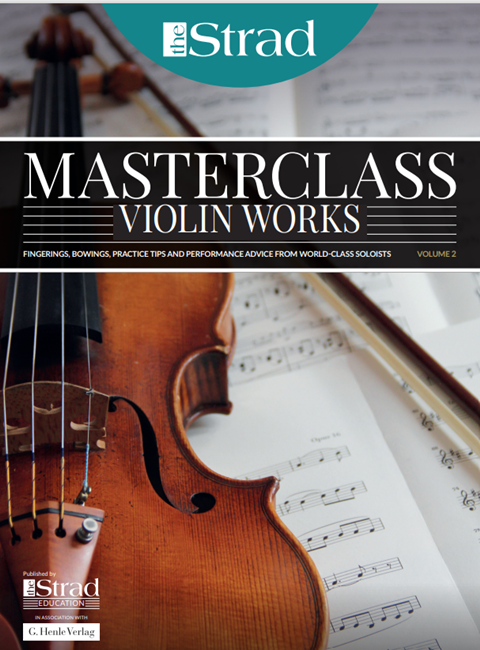
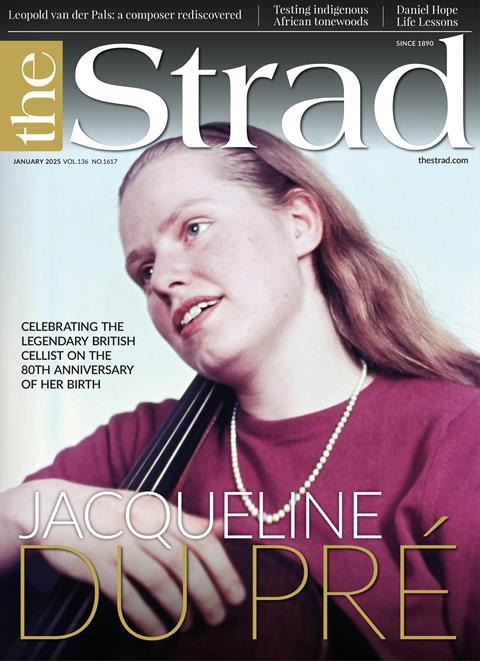
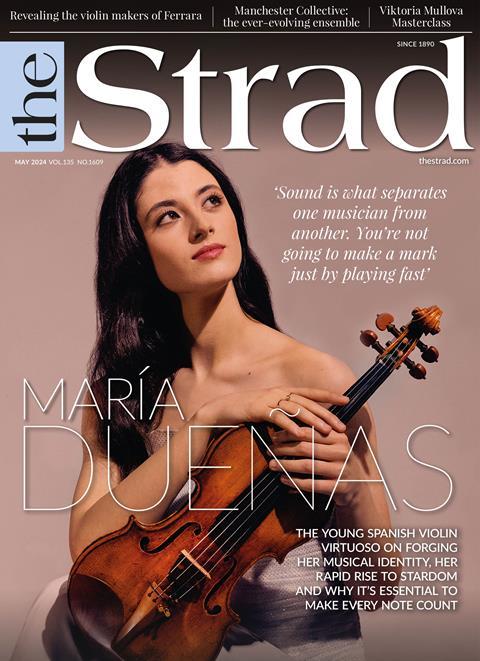
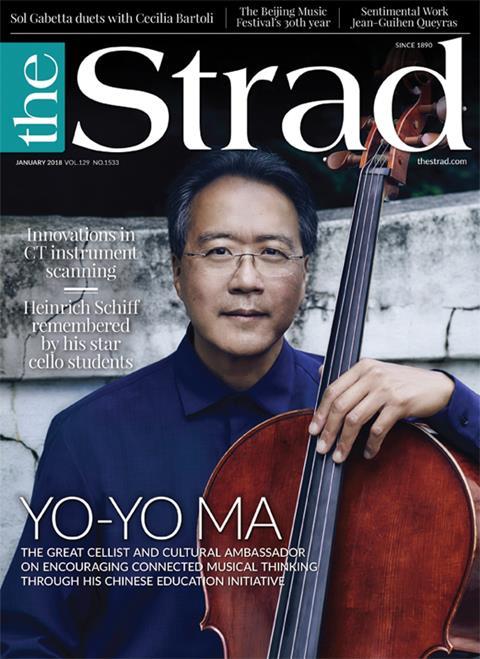











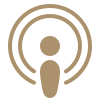
No comments yet